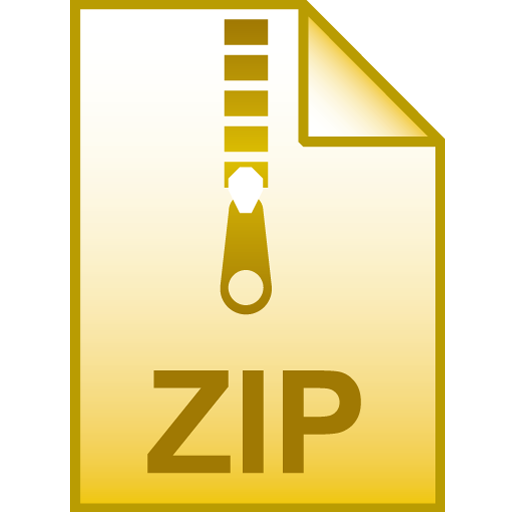Calculated Collision Welding Process Windows in Acoustic, Elastic, and Shock Approximations
Abstract
Collision welding is a solid-state joining process which uses shock pressures developed during impact to metallurgically bond flyer and target plates. Various analytical expressions have been developed to describe the process boundaries for ideal welds in the welding velocity-impact angle plane. Existing process boundaries assume symmetric weld members, and/or symmetric post-impact weld behavior (stress partitioning and propagation velocities, peak temperatures, and cooling rates) which are not applicable to the majority of collision welding applications, which use dissimilar weld members.
This work extends and modifies existing weld window boundaries through the application of elementary shock physics (Rankine-Hugoniot Relations) via discrete numerical calculations for permutations of weld pairs across approximately 30 elemental and alloy metals. Existing formulations of relevant process boundaries are also included for completeness.
The MATLAB program used to generate the datasets and associated plots can be found on GitHub at:
https://github.com/BBarnett-615/Collision-Welding-Process-Window-Calculator

 Collision Welding Window Plots and Data for welds with Aluminum 2024T6 targets (24.94Mb)
Collision Welding Window Plots and Data for welds with Aluminum 2024T6 targets (24.94Mb)